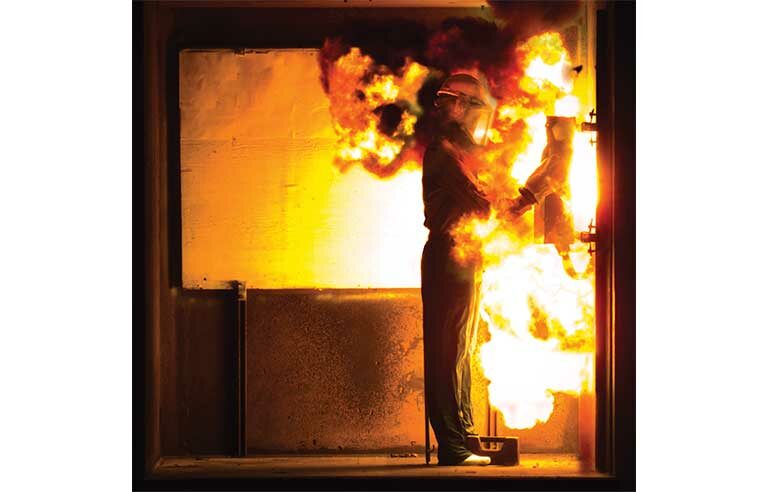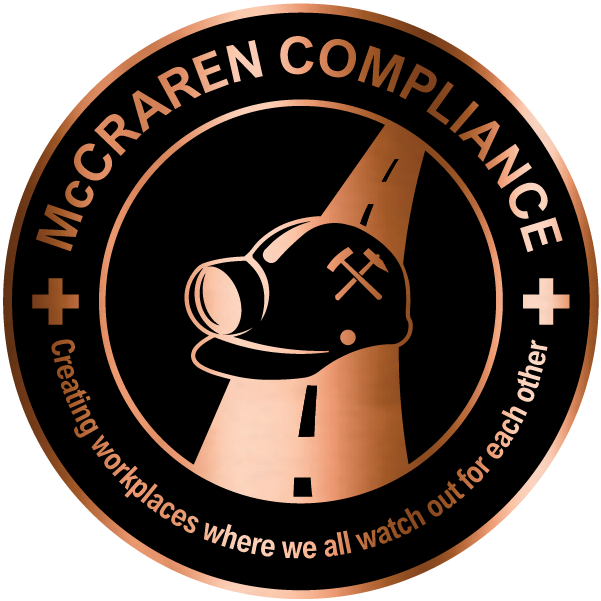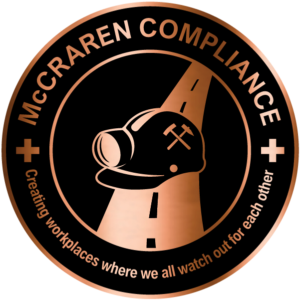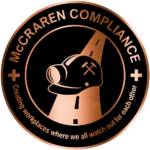What does OSHA’s new arc flash guidance mean for employers who don’t have a comprehensive electrical safety program that incorporates employee protection from arc flash hazards?

Photo: e-Hazard
Responding is Derek Vigstol, electrical safety consultant, e-Hazard, Louisville, KY.
OSHA, in cooperation with the Partnership for Electrical Safety and KEMA Laboratories, recently published guidance on addressing arc flash hazards to help employers and raise awareness among employees on common myths. The agency offers an introduction into what an arc flash is, discusses how to address arc flash hazards during work being performed and brings to light many of the requirements of NFPA 70E – the National Fire Protection Association’s standard for electrical safety in the workplace. OSHA’s guidance comes in two parts: a detailed document for employers and handouts for employees.
OSHA recommends that employers develop areas of their overall safety and health program that mitigate the impact of arc flash hazards. Of course, if employers follow NFPA 70E, they already should have a written electrical safety program because it’s required under the standard. For employers who already have developed a comprehensive ESP that addresses arc flash hazards, this guidance confirms what they already know. If an ESP varies significantly, it’s recommended that it be updated and revised to address these critical hazards.
For employers who don’t have anything specific in the way of arc flash protection, OSHA’s document is an urgent call to action. Although 1910.333 doesn’t address arc flash specifically, employers are still required to protect employees from “other injuries.” Additionally, it’s doubtful that an injured or deceased employee’s loved ones will find much solace in the statement, “We didn’t protect them because there wasn’t a specific OSHA requirement.”
An ESP must specify the plan to identify specifics about arc flash within a facility. The most common way employers determine the arc flash picture is to have an incident energy analysis performed. This studies the electrical system and calculates the energy released in an arc flash at a given distance from equipment. It also determines the arc flash boundary, which is the distance where incident energy is 1.2 cal/cm2. Arc-rated personal protective equipment should be used when working within the arc flash boundary, if an arc flash hazard is present.
Next, you’ll need to develop a risk assessment procedure to determine the likelihood and potential severity of injury from the arc flash hazards. Risk assessments consider the task, condition of the electrical equipment, equipment maintenance, available incident energy and possibility of human error. Employers must decide how to best protect their employees from the risk of arc flash hazards. This often means arc-rated PPE or even redesigning portions of the electrical system to minimize the risk of injury.
Many of the specifics that an employer must look for when incorporating arc flash protection strategies into their safety and health program can be found in OSHA’s guidance. However, for the full picture of what must be included, employers really need to develop an ESP based on NFPA 70E. Keep in mind that this is an unofficial call to action published by OSHA and will be looked at heavily going forward when educating employers and employees on the dangers of arc flash. You can be either proactive or reactive here – choose wisely.
Until next time, stay safe and remember to always test before you touch!
McCraren Compliance offers many opportunities in safety training to help circumvent accidents. Please take a moment to visit our calendar of classes to see what we can do to help your safety measures from training to consulting.
Original article published by Safety+Health an NSC publication


